There’s not one person on this planet who hasn’t hit a plateau at some point. In the exercise world, a plateau appears after months of advancement. You suddenly find yourself thinking, “I’ve been pushing hard, adding 2-5 pounds a week to my lifts for several months, and now I’m lifting less than before? What gives?” Or, “Why am I no longer losing weight after dieting and following this regimen?” Okay, you might add a few choice words into those thoughts, because, yes, training plateaus are infuriating.
But there’s a reason they are called “plateaus” and not “dead ends.” You will find a way beyond that impasse.
What Is A Training Plateau?
Hitting your first training plateau is going to feel like you’ve run headlong into a brick wall without a helmet. Technically speaking, this plateau is when your progress stalls out. Visually, if your progress is an upward climb on a mountain, the plateau is a flat overhang. The effects of a plateau include the inability to increase weight, no change in weight and stagnated muscle growth.
Why Do We Hit Training Plateaus?
To begin, let’s go back to that mountain visual. You can’t keep climbing straight up all the time. Consider this: if progression did work like a mountain and you were able to add 5 pounds of weight a week to your lifts without ever hitting a plateau, everyone could squat 1,000 pounds of weight in 3 years.
It would be fantastic if things worked that way, but our bodies have limits.
Our bodies need to constantly adapt and adjust to managing the stress that we put upon it. Because of this, while climbing the mountain, it will seek the path of least resistance. It wants the easy way out, and it will scour the land for that plateau.
But there’s another reason why our progress stalls out. It’s because you’ve been pushing too hard and have exhausted yourself, causing overtraining and burnout.
Signs Of A Training Plateau
Not sure if you have hit a training plateau or not? Here are tell-tale signs that your body is struggling to progress:
Slow Progress Over Two Weeks
Advancing through workouts means progressing weekly. The progress doesn’t have to be much. You might add 1-2 reps extra on the same weight. However, every the smallest of progressions can prompt your body to adapt and change. These gains should be predictable. Therefore, when your hypothesized gains fall short, or when you start to feel yourself dipping back to a previous level, your body is signaling that you’re about to hit a plateau.
Keep in mind that this is for a lack of progression across the board. If you are struggling with one exercise but still progressing in others, then you haven’t hit a plateau yet.
Loss of Muscular Strength
A common indicator that you are about to or have hit a plateau is a sudden downgrade in your muscle strength, endurance, and power. This isn’t about a drop in progress. No, this is about the decrease in athletic performance you will notice. Others will notice it too. You will look and feel “off.”
This is a signal from the body that it’s not able to adapt because it’s not recovering properly. Because it can’t recover, the muscles can fire optimally. The result is that you get weaker.
Zero Motivation
Probably the most tell-tale sign there is: the dreaded loss of motivation. Although many factors go into motivation, overtraining is often the cause. If you take a moment to consider your life, like your job, your personal life, and your health, only to find nothing wrong, it points to your training regimen.
Zero motivation in the gym room reveals the body’s strong desire to rest. Your body is telling your brain, “Please stop, we don’t want to do this anymore.”
Your body is smarter than your brain thinks it is, and it will tell you when it’s had enough. Listen to your body. Always.
Irritability
Feeling like a grouch? That’s because you’ve been overdoing it and aren’t feeling it like you used to. When you have stressed yourself out through overtraining, you’re swimming in cortisol; and that will counteract every positive thing you get from working out—including the workout high.
Whenever you start to feel aggressive or irritable while working out, it’s because you’re approaching burnout (or have reached that point).
Unable To Rest
Rest, even at the physiological level, is essential for our bodies to be able to grow. When you have overtrained and hit a plateau, your resting heart rate will be elevated as a sign of intense stress. Basically, you will be stuck in “fight or flight” mode. Your sympathetic nervous system won’t be able to disengage, and your resting heart rate will be abnormally high. When the parasympathetic nervous system is taxed, muscles will fatigue faster, and you won’t be able to push through intense workouts.
How Can I Push Through A Plateau?
Thankfully, even if you hit a plateau, you’re not trapped in the doldrums forever. You can get yourself back on the right path.
Plan A Week Of Rest
You read that right. Take a week off. Plateaus often happen when you get lost in the assumption that muscle grows solely when you’re working out. The truth is, muscle grows during the moments when you’re not being active. Working out too much will cause catabolism when the body starts to break down the muscle.
Rest and recovery, on the other hand, jump starts hypertrophy, allowing for muscles to be rebuilt.
To get through a plateau that has been caused by too much training, you need to give your body time to recover from your intense schedule. Take 6-7 days off. Get 7-8 hours of restful sleep. Eat nutritious food.
The benefits of resting include:
• Muscular repair
• Relaxing the central nervous system, which controls your sympathetic and parasympathetic systems
• Allows for the tendons and ligaments to relax
• Lowers cortisol levels
Rest at least 4-7 days every 6-8 weeks of progressive overload. You can avoid taxing your system too much this way.
Once you’ve rested, you can move on to the other tips for pushing through a plateau.
Increase Your Training Volume
Hit a muscle-building plateau? One of the best ways, as shown in a meta-analysis done by the Journal of Sports Sciences, is to increase volume or the workload. You can do this by adding more sets or reps in a single exercise or tacking on a new exercise to your regimen.
Do this: Add one set to every exercise in your training program. Do this for about two weeks. You should start progressing again. If you see no progression, then you should try another method.
Change Your Exercises
Months upon months of performing the same exercises are going to get boring. Your body will also become accustomed to the movements and start losing the ability to progress. Don’t make drastic changes. Swap things up rationally.
For instance, if you’re doing Bulgarian Split Squats, you might want to switch to another squat variation. Swap machines for free weights. Add in balance elements, like doing push-ups with a Bosu ball. There are dozens of ways to get creative without needing a totally revamped program.
Slow The Tempo
Consider “time under tension,” which refers to the number of power muscles can generate during a rep or set. The Journal of Physiology has found that slowing your workout repetitions will increase the time under tension, causing a greater muscle protein synthesis response. In other words, a slower movement tempo will damage the muscles more than regular speed.
Try this: Do 1 set of 10 reps at your normal speed. On the next set, half the speed for 10 reps. For instance, if your full movement through a squat is 2 seconds long, you want to make it 4 seconds long. You may find that you need to reduce weight in order to do this successfully.
Drop Sets
A bodybuilding strategy that helps professionals bust through training plateaus is drop sets. A drop set is when you lower the weight when performing an exercise to failure. Recent research done by the Strength & Conditioning Journal has found that drop sets help add volume to a training session while keeping the same muscle-building benefits as a standard set.
To do a drop set, you complete a single set of a given exercise to the point of failure or to the point where your form would be compromised. From there, immediately move to the next set and lower the weight by 20-25%. Perform more sets with proper form. Again, as your form starts to get weaker, lower the weight again. Keep going for 4-5 sets.
It would look like this:
• First set: 90 lbs for 10 reps
• Second set: 60 lbs for 8 reps
• Third set: 40 lbs for 6 reps
• Fourth set: 25 lbs for 5 reps
Don’t rely too heavily on drop sets. You will also want to use this for your last exercise in the workout since drop sets can hinder bigger lifts.
New School Supersets
For those who’ve been in the gym for a while, you definitely know what a superset is. If you don’t know, a superset is combining two exercises that either work opposing muscle groups or the same muscle group. You take no rests between these two exercises. An example would be upright rows and overhead presses.
With a regular superset, you will be performing about 15-20 reps once you have completed the superset because each exercise will have about 8-12 reps individually. While this is excellent for building strength as a beginning and conditioning, muscular growth relies more on the 6-12 rep range.
Enter the “new school” superset. With this enhanced protocol, you can do 6-8 reps per exercise and do only a max of 12 reps per superset. If you find yourself able to push through more reps per superset with this range then you can increase the weight.
An example of a superset workout would be:
• First superset: Bent over barbell row – 6-8 reps and Barbell bench press – 6-8 reps
• Second superset: Barbell curl – 6-8 reps plus Standing dumbbell triceps extension – 6-8 reps
Your supersets are only limited to your experience level and technique.
Staying Motivated During Plateaus
The hardest part about pushing through a plateau is not getting discouraged while you do it. Fitness professionals hit plateaus, too, and that is why I think mentioning motivation is essential to getting over the hurdle. Too many people breakdown and discontinue because they didn’t have support.
Here are ways to stay motivated during your plateau:
• Break daily personal records – keep track of your workouts, right down to your sets and reps. Try to do one more set or one more rep than the day before. Try to master something new every day. Celebrate the smallest improvements so you realize that progress is still being made.
• Focus on tiny wins – if you stop progressing on strength gains, think about what needs to be improved to bust through the plateau then focus on those gains instead. For example, if you’re working on the pistol squat, you might work first on increasing the strength of your standing leg or your ability to balance for more than 20 seconds.
• Think of other metrics – if you’re trying to lose weight, turn your attention away from the scale and do skin caliper testing, which might reveal progress even when weight loss seems to have stalled. If you’re trying to build muscle, instead of focusing on strength, opt for building power (swapping some resistance exercises for plyometric ones) or other athletic skills, like speed and agility.
Other Tips For Busting Through A Plateau
You will notice a common theme in the above motivational tips: they focus on shocking the muscles into doing something new. Our bodies are built to be as efficient as possible, which is why plateaus happen. No, this has nothing to do with “muscle confusion,” which is still considered bro science. Shocking muscles is about switching things up to prevent the body from becoming too efficient at one thing.
For instance, if you’re trying to increase the weight you can deadlift, instead of continuously working at high-intensity, you choose to do high-volume one day. Small changes for you mentally, but big changes physically.
For those trying to lose weight, you might want to adjust your macronutrients, try intermittent fasting, or remove/add some foods to your idea that you have been avoiding.
Takeaway
Training and weight loss plateaus can be a huge hit to your motivation, but the hope is not lost. If you follow the tips listed in this article and give yourself time to recover, your progress will restart and be better than before.
Want more motivation for your fitness journey? Follow us on Facebook Today!!
The post How To Break Through Muscle Plateau appeared first on Gaspari Nutrition.










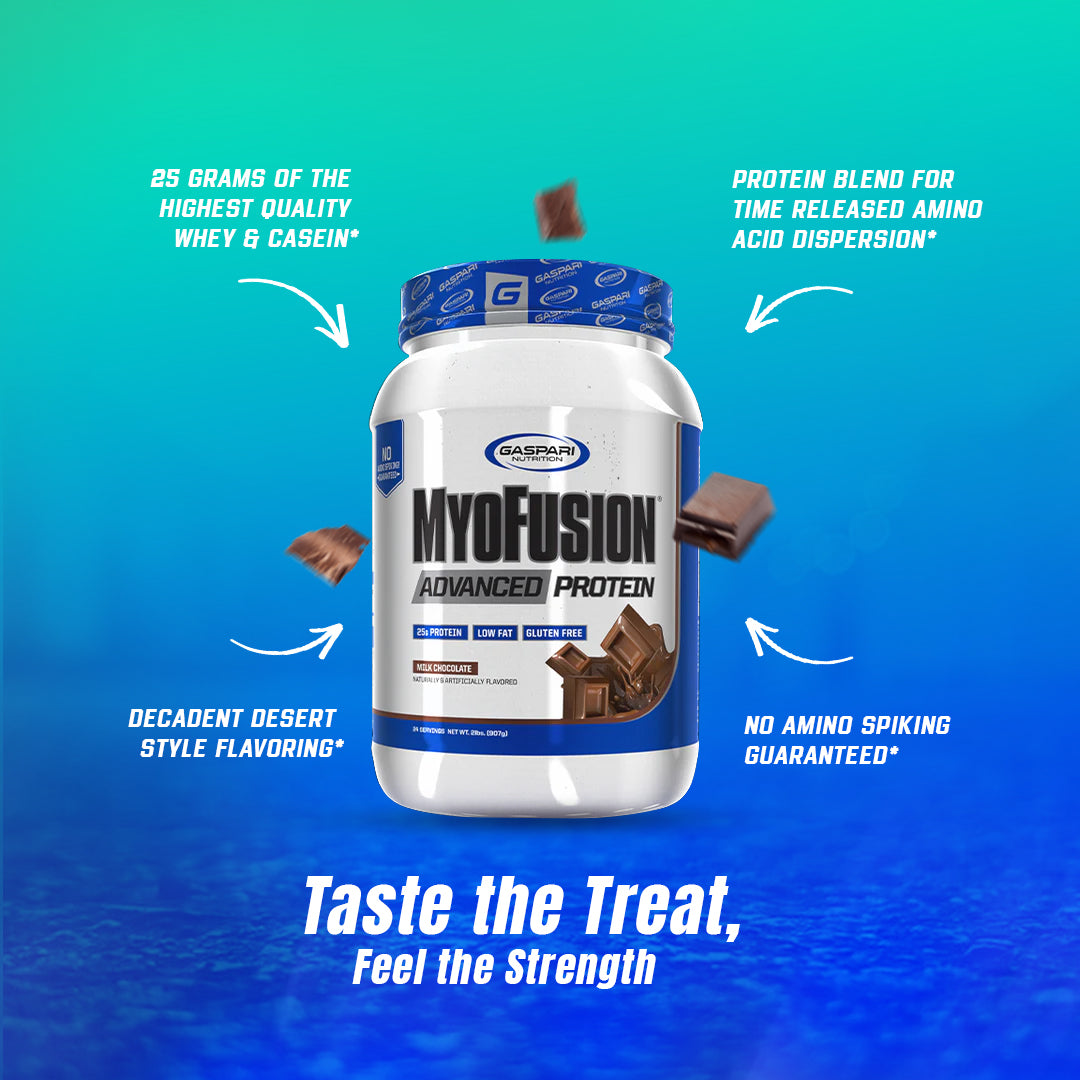

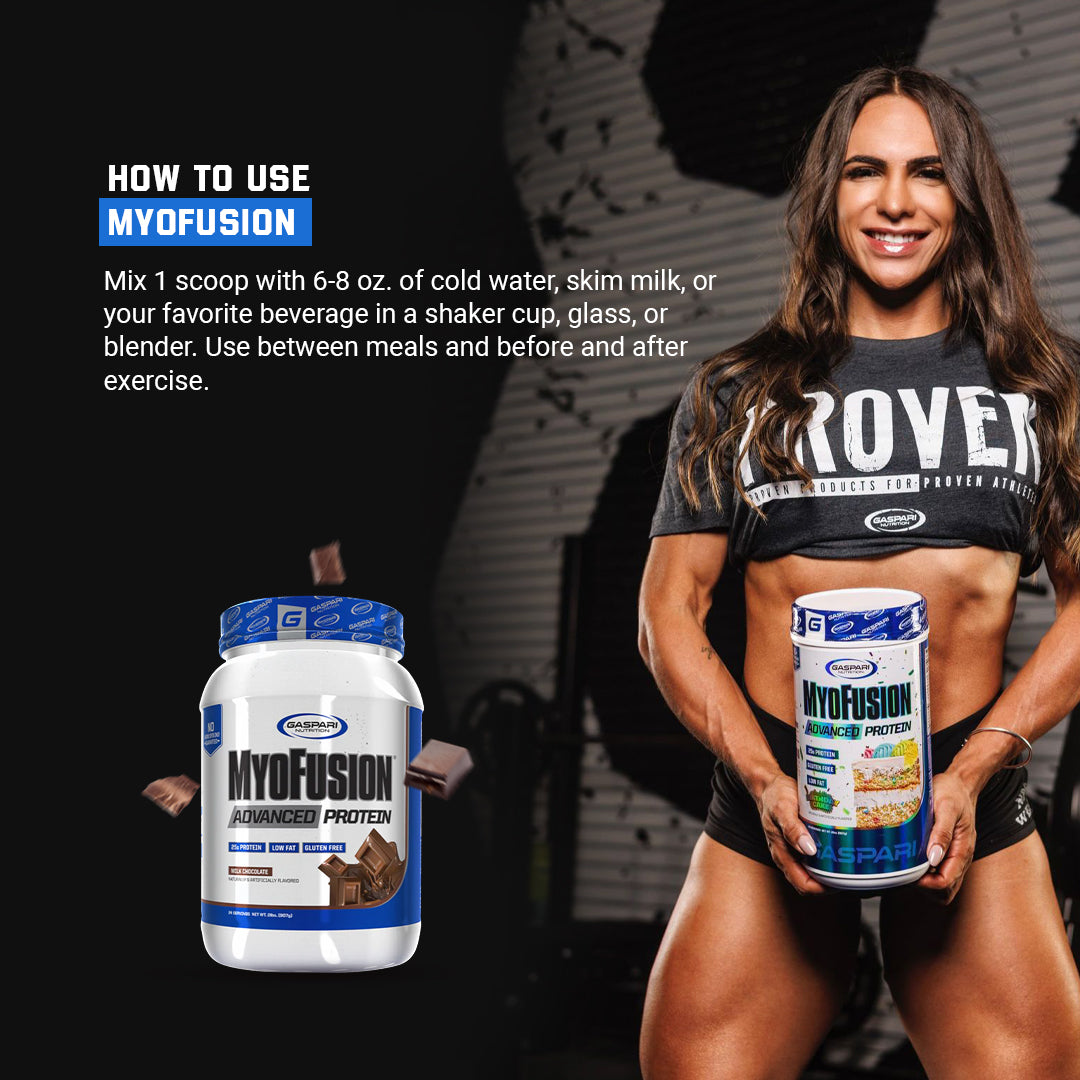











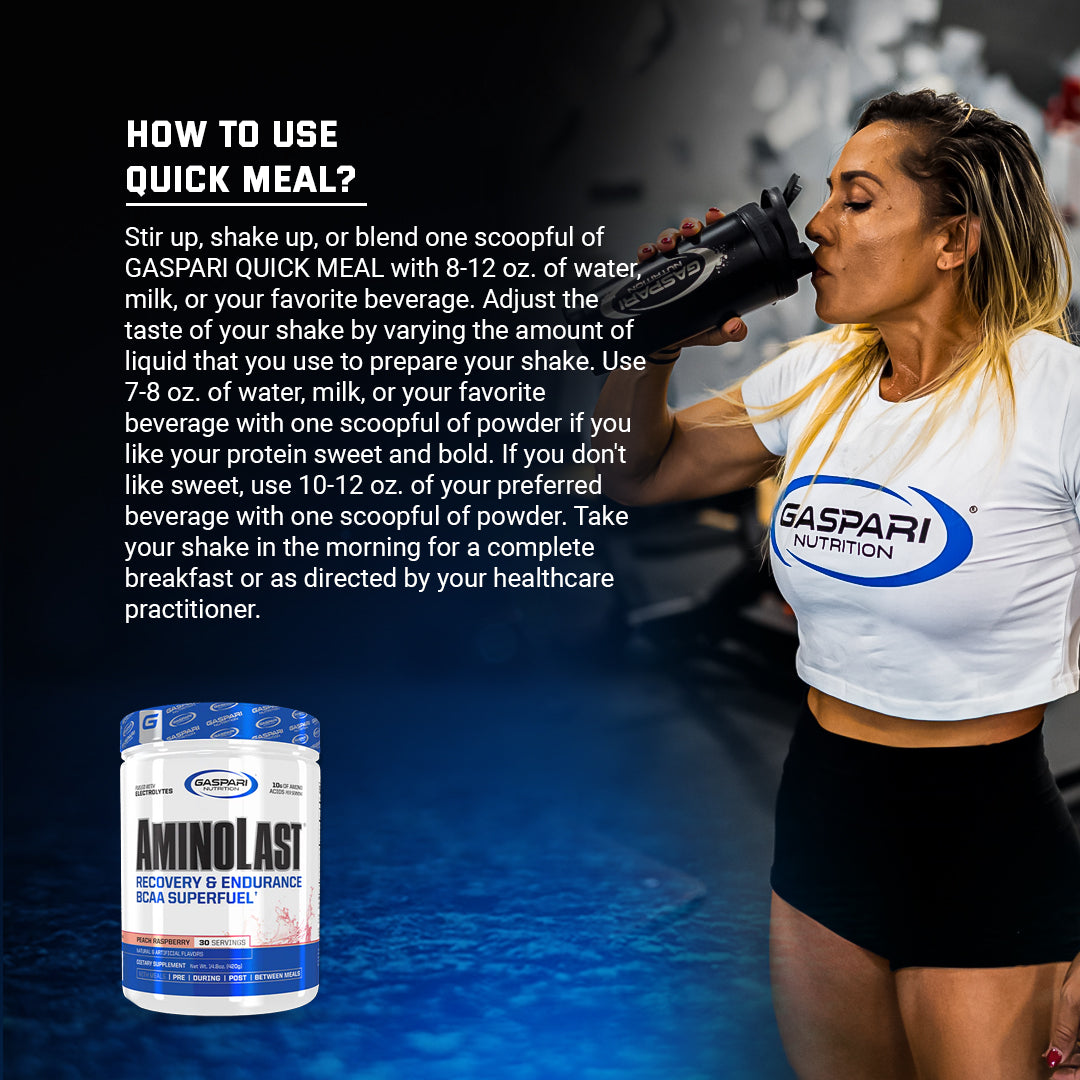
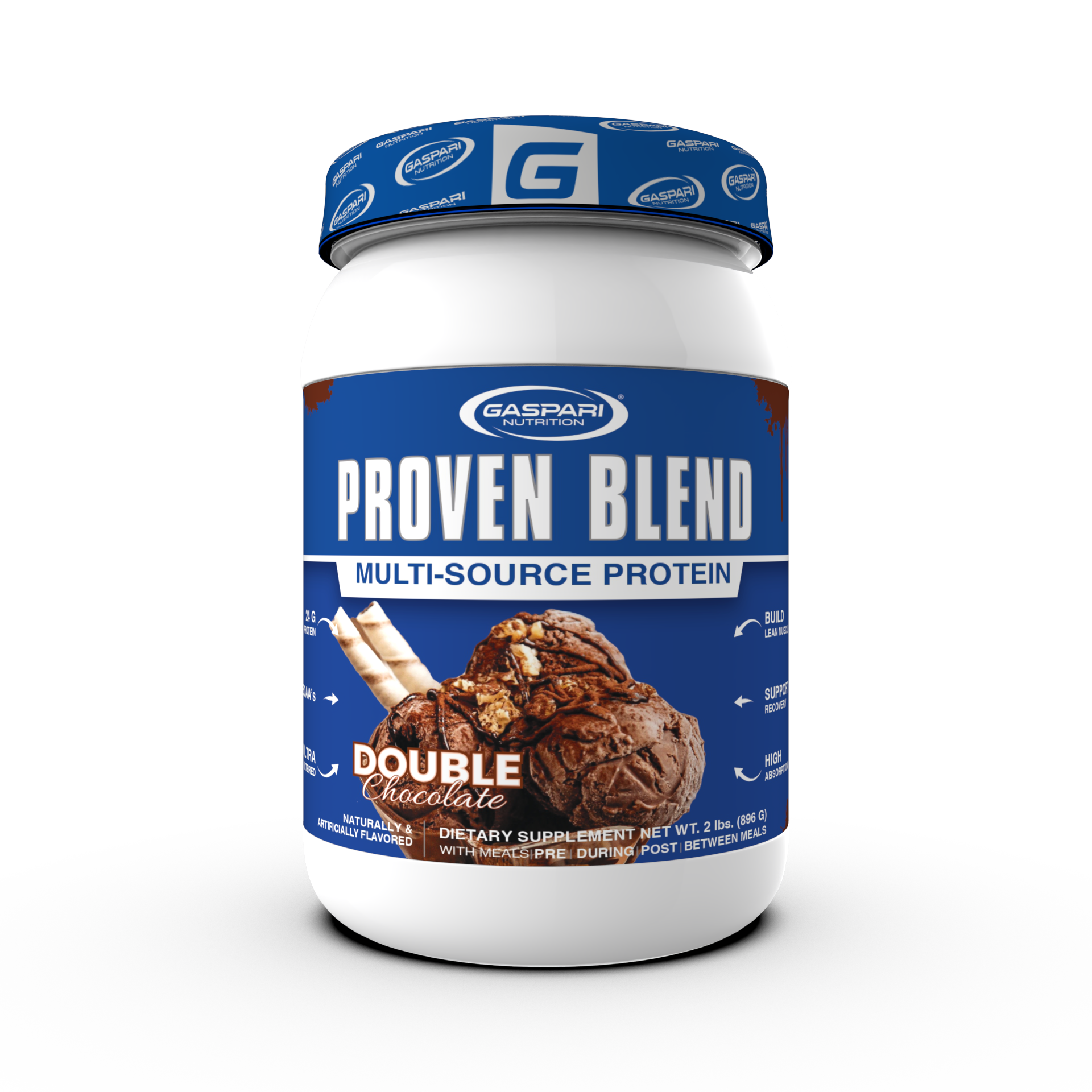



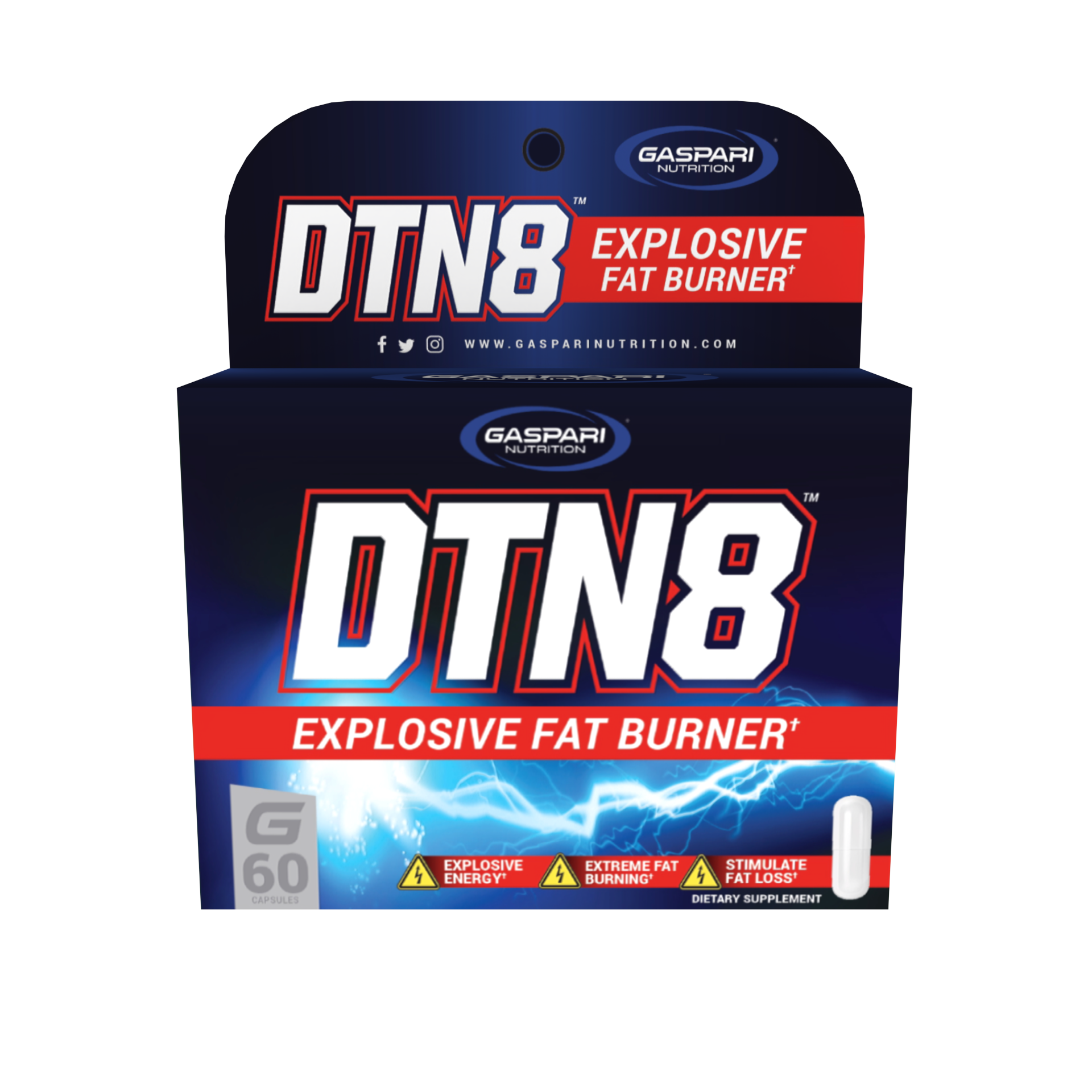








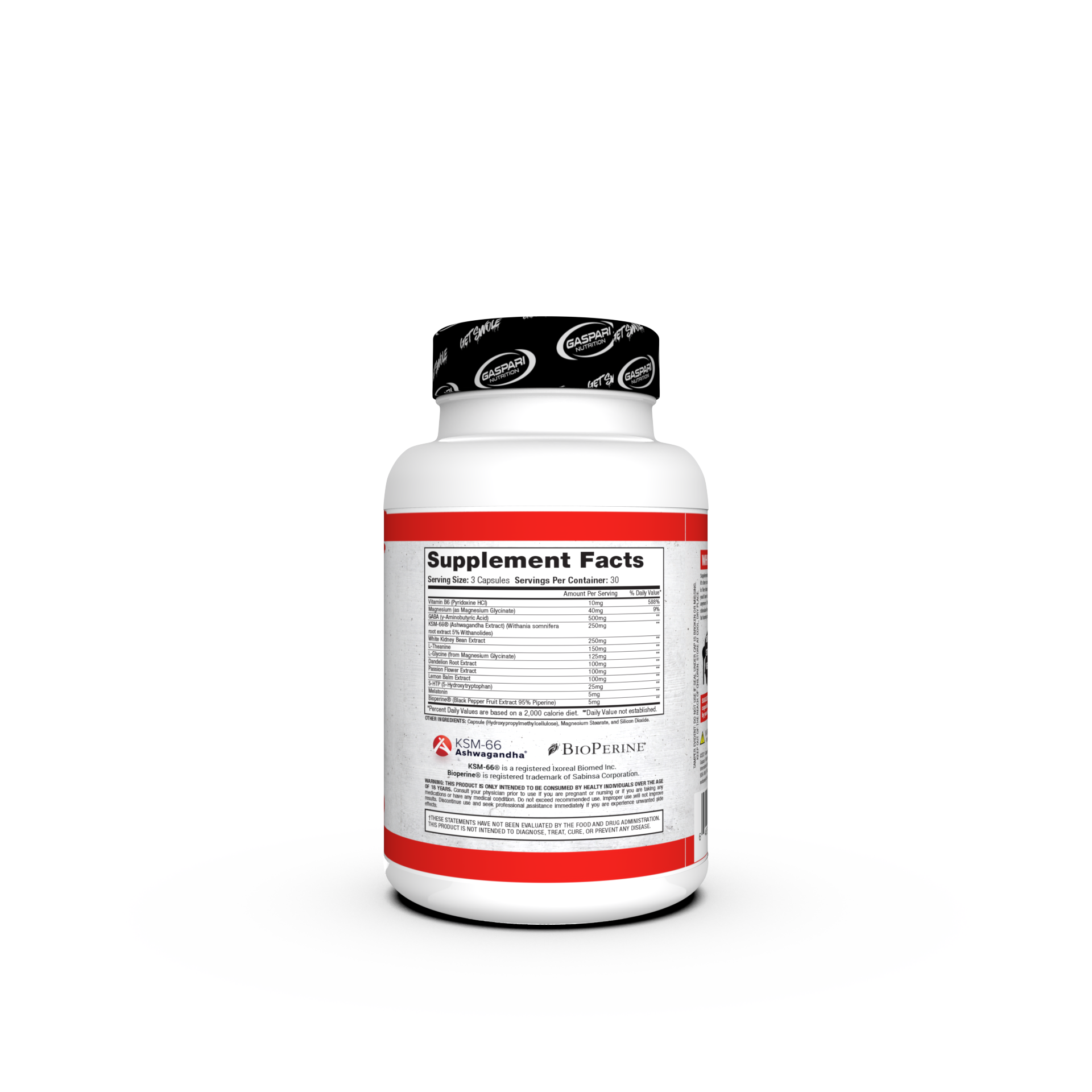
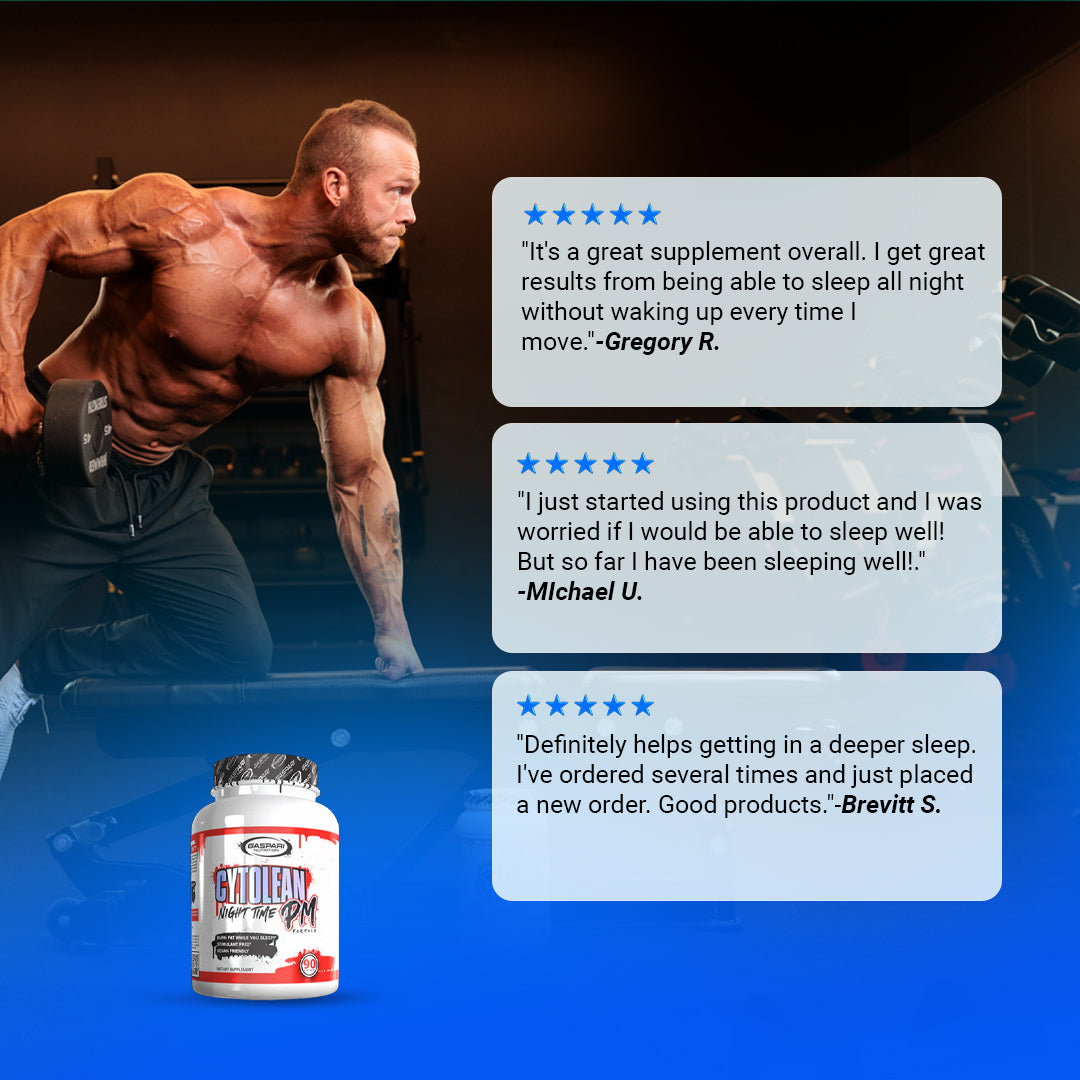

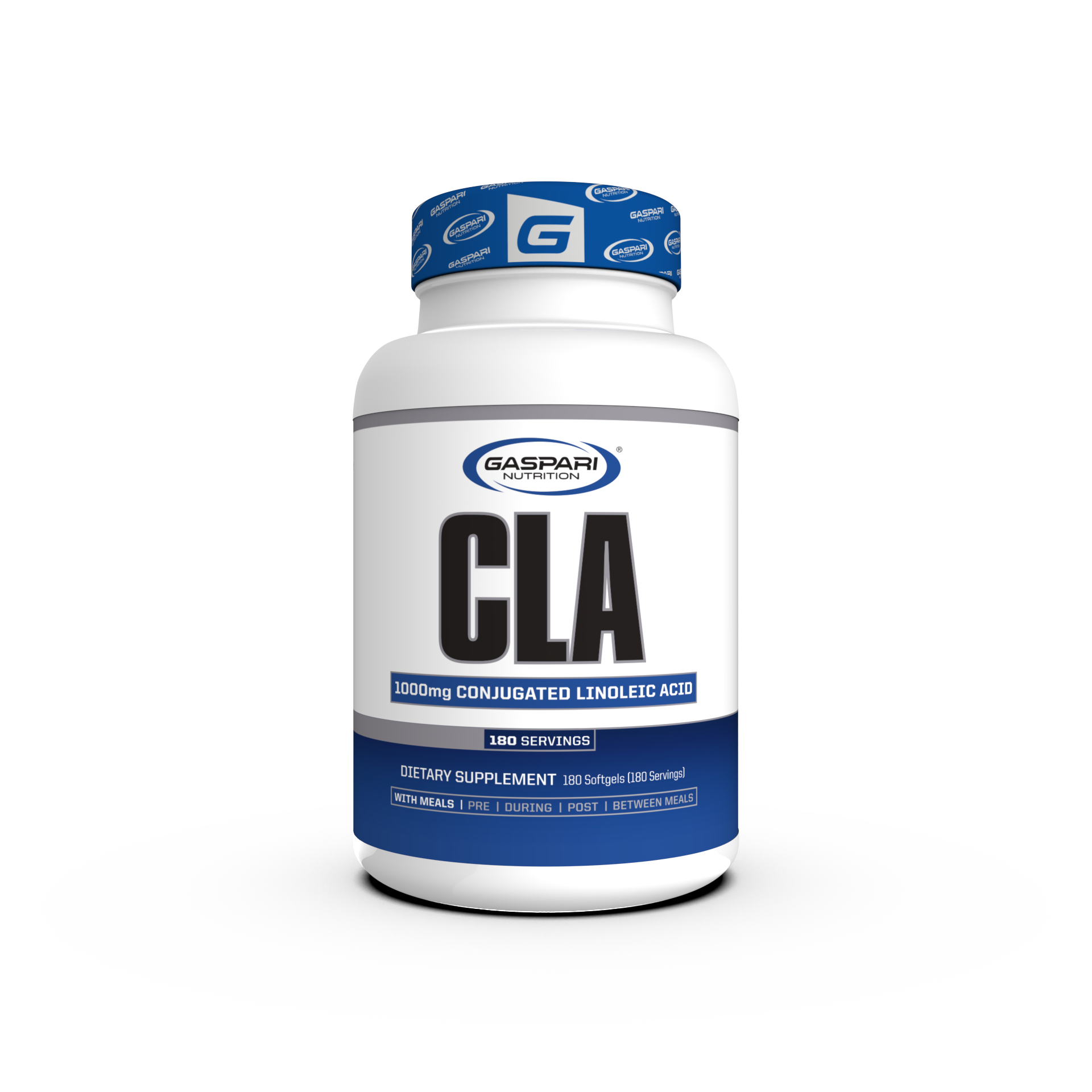





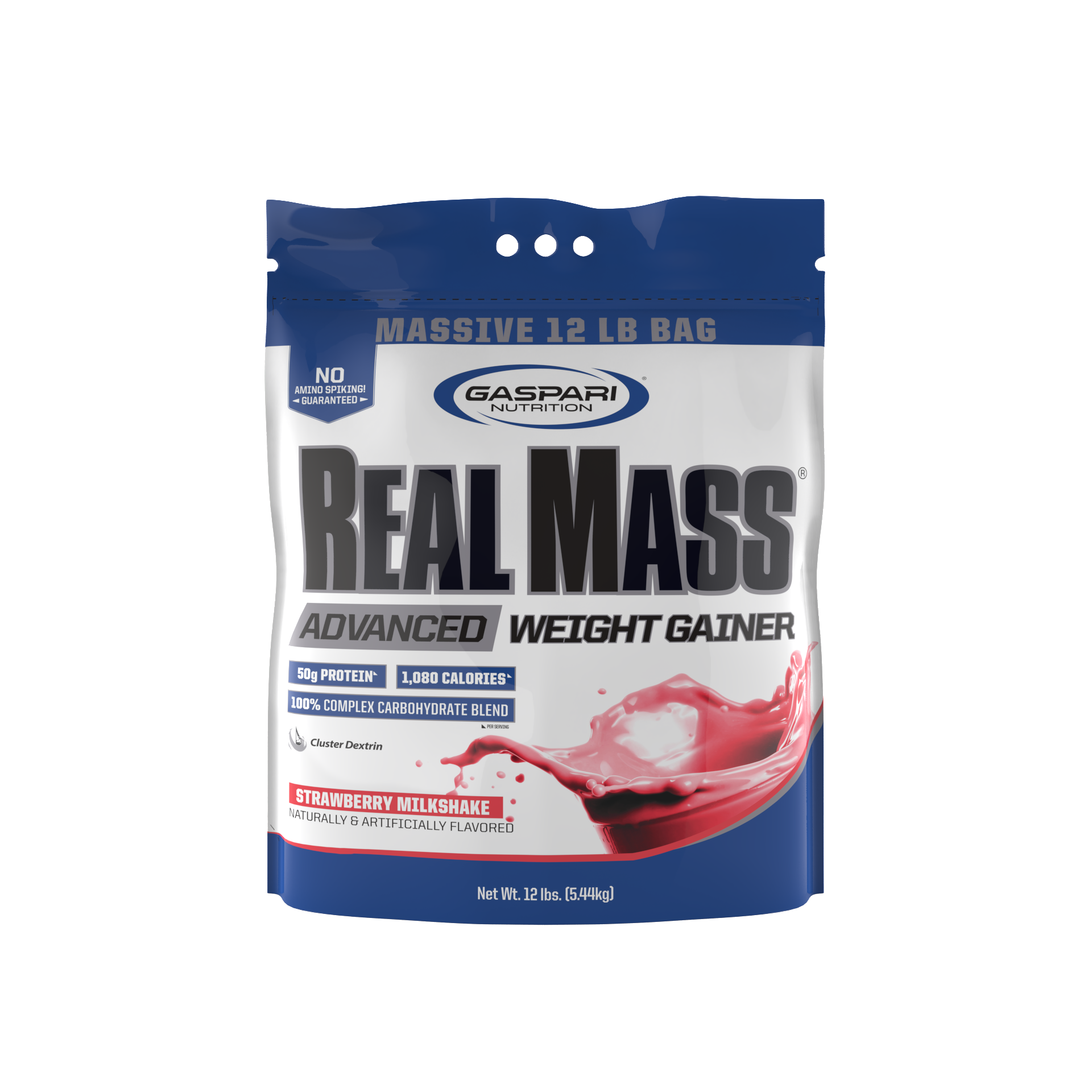

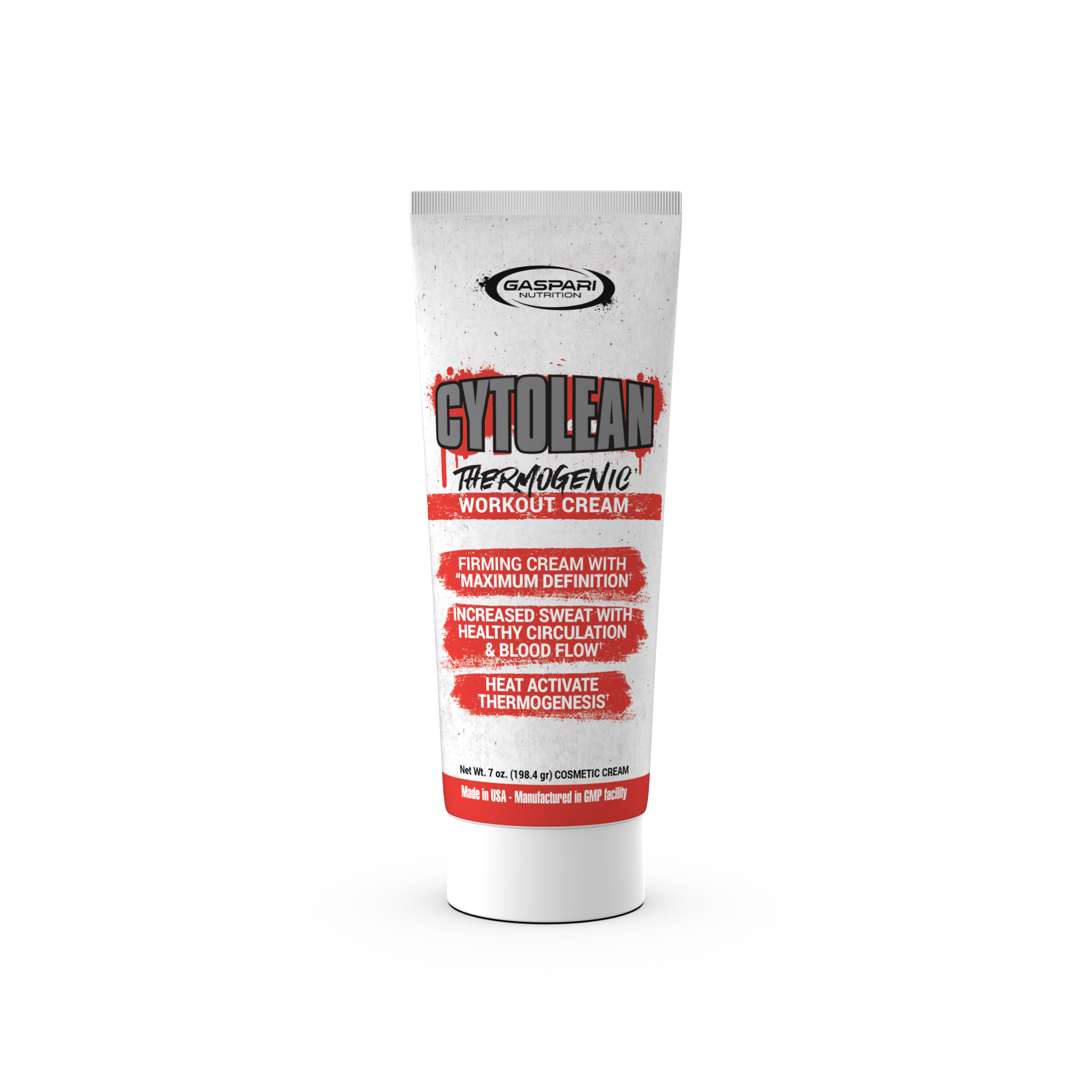


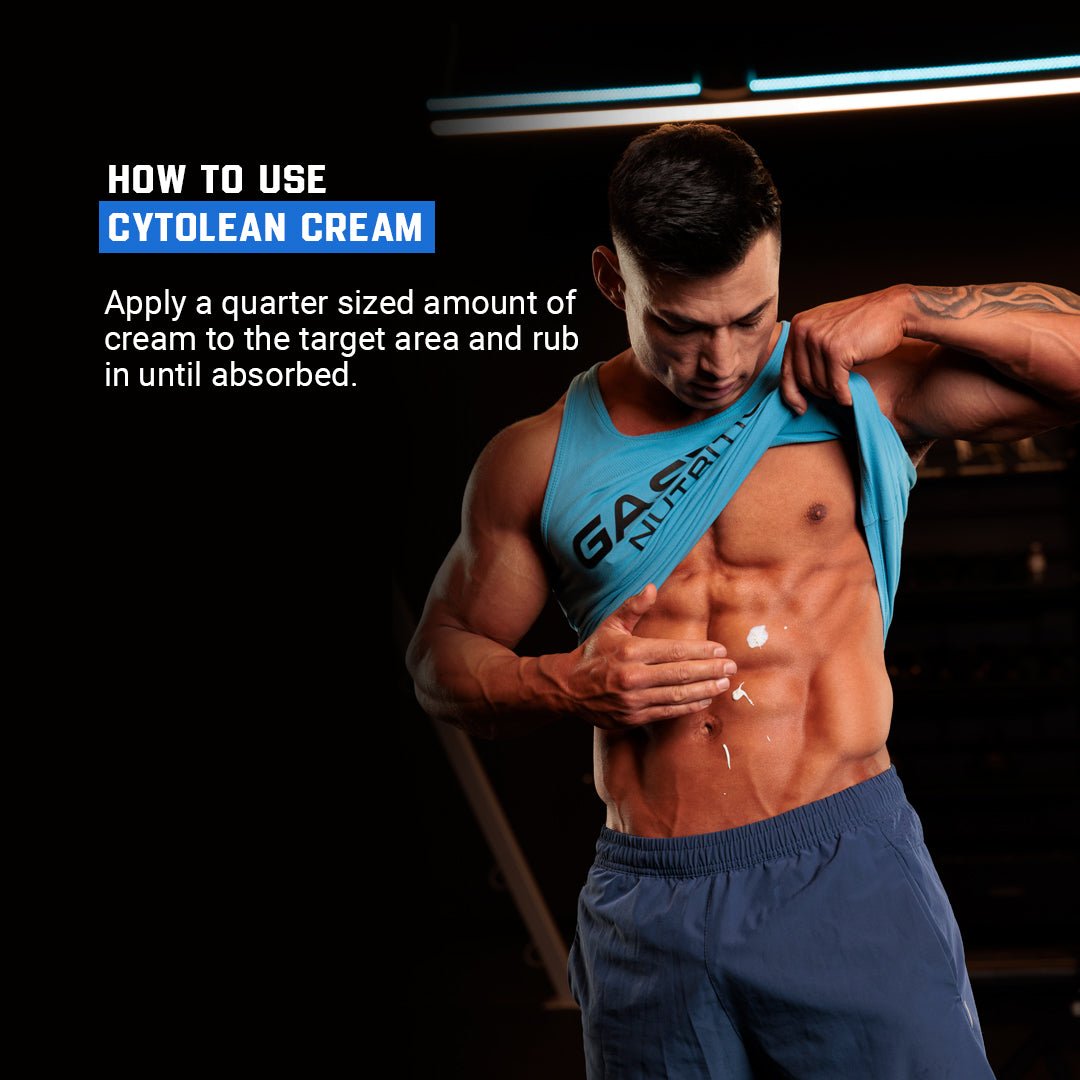





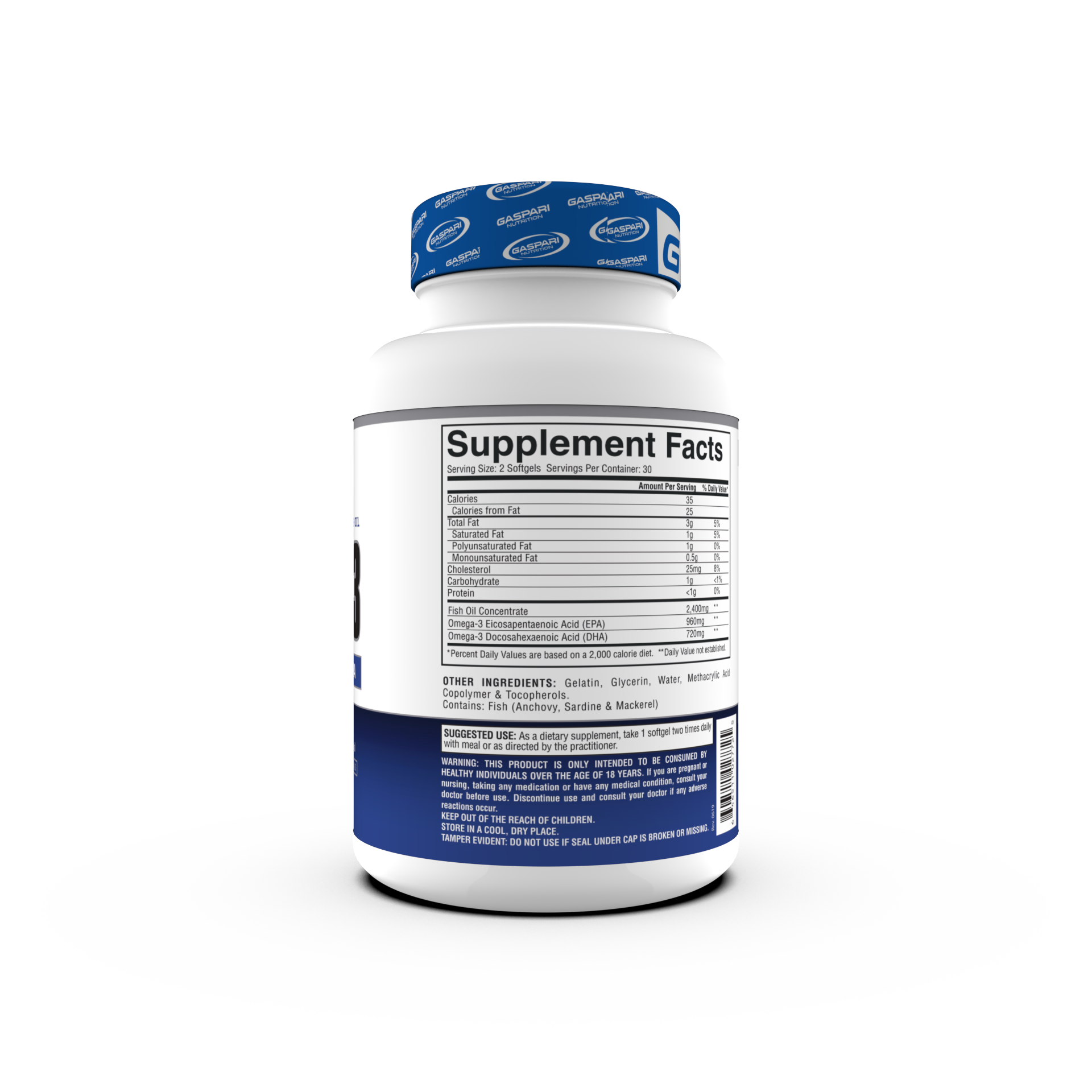












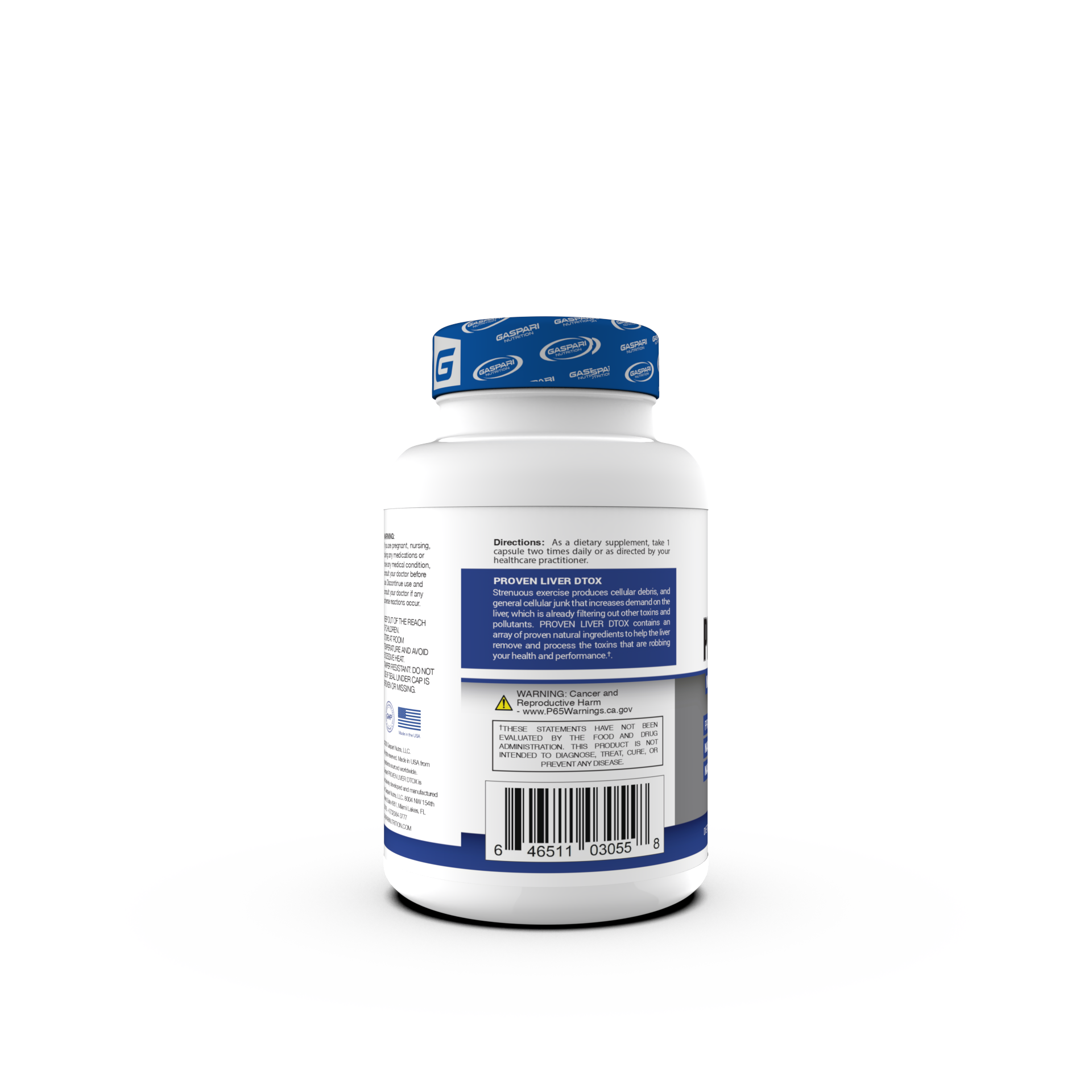

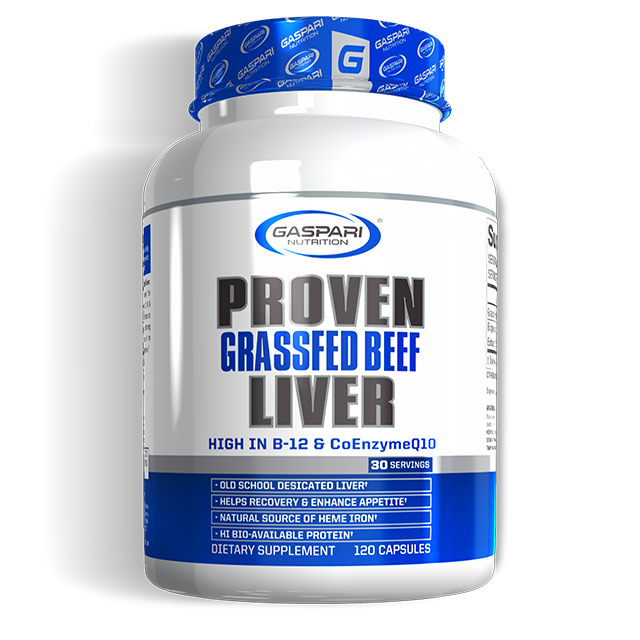





Share:
The Truth About L-Arginine
What Are The Benefits Of Walking After Dinner